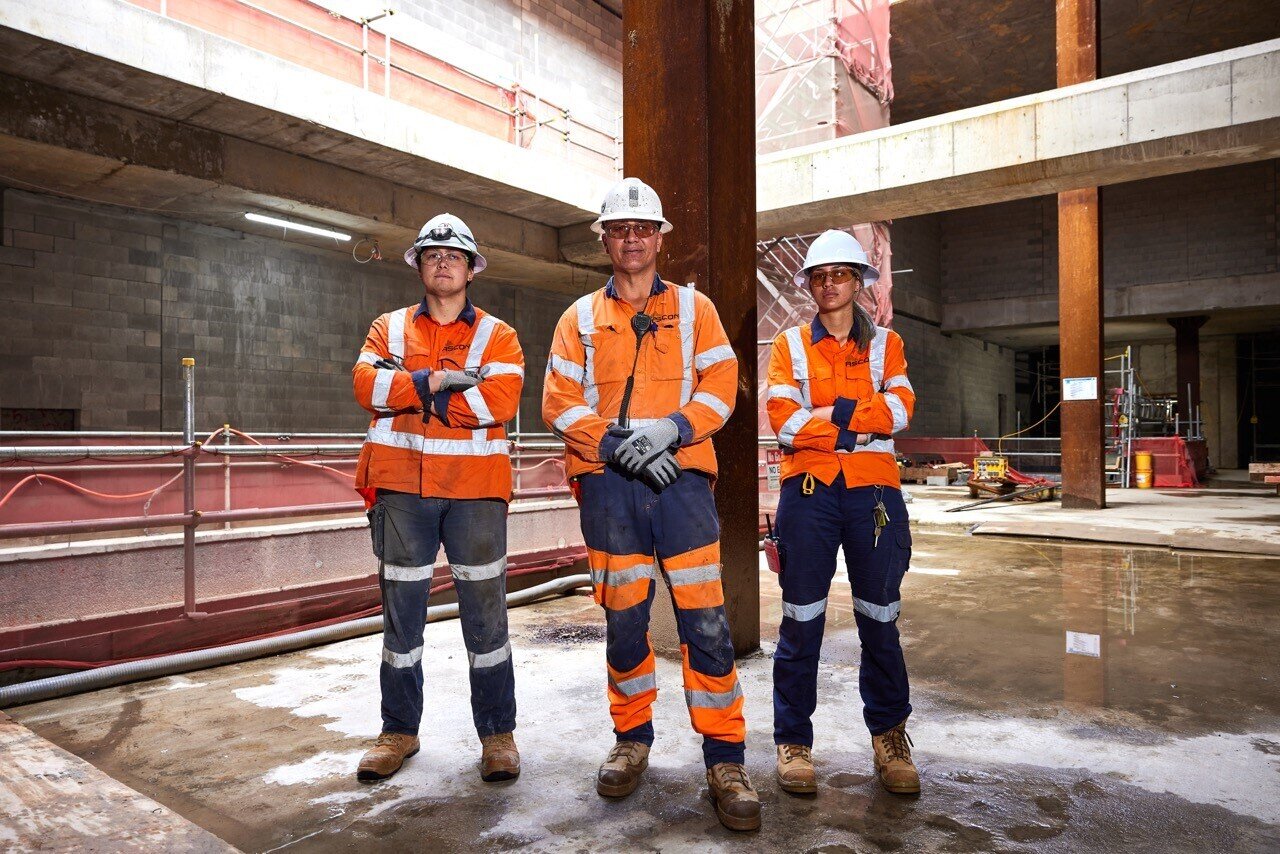case study - city rail link
New Zealand's largest construction project
The CRL project (City Rail Link) is the largest construction project in New Zealand's history, which sees the creation of a network linking stations and adding improved ones in Central Auckland. This initiative began in 2010 and is designed to offer a speedier and more efficient transportation system for individuals commuting within and around the city's centre.
Working for the Link Alliance, Ascon focused primarily on the structural aspects of the Karanga-ā-hape site. This site is 32m below ground level and is the deepest on the Auckland rail network.
Our role in the CRL project
We had teams across all three of this site’s areas – Beresford Square, Mercury Lane, and the Karanga-ā-hape Road.
Our site supervisor led the work at the Beresford Square site and managed all subcontractors. We were involved in strategic planning and closely coordinated with the structural supervisor to ensure efficient project progression.
High-risk management, for instance with crane operations, was a significant part of our responsibilities. Working with the health and safety team, we ensured all processes met CRL's safety standards.
This was especially true when it came to the site’s water treatment. We were partially responsible for the water treatment process, collaborating with our water pump operator to ensure water was effectively treated and efficiently pumped.
Communication and coordination
A significant challenge of the CRL project was the requirement to construct from deep underground, beginning our work at a depth of 42m.
This gradual construction process from the ground up led to the enclosure of specific areas, making accessibility a significant challenge. With cranes unable to access these areas, material movement and coordination had to be meticulously planned, level by level.
Effective communication and robust coordination became essential. We operated with a team of approximately 60 to 80 individuals, often distributed across seven different levels of the construction site. This dispersion presented unique challenges, as members from one level often depended on the progress of those on another.
To counteract this, we established a system wherein each level would stay one step ahead of the next, facilitating a steady upward progression. The need to coordinate these levels was vital, ensuring smooth transitions and mitigating any potential bottlenecks.
A crucial aspect of our strategy was agility. If an area slowed down, we would swiftly reassign personnel from other areas to bolster progress. Once the area was back on track, these team members were re-positioned to their original tasks. While this wasn't applicable in all cases, specific areas needed specialists. However, where possible, tapping into our existing resources streamlined our operations and improved efficiency whenever possible.
Ascon’s value
Successfully navigating the inherent challenges of this project and ensuring its forward momentum required us to implement our leadership skills.
Our approach combined the knowledge of our superintendents with the practical experiences of site supervisors, fostering an environment where knowledge and skills are continually shared and refined. This approach extended to daily team meetings and regular individual catch-ups, unifying the team towards a shared goal.
The value that Ascon brings to a project isn't limited to tangible resources. It is further reflected in our ability to adapt to changing circumstances, our collaborative ethos, and effectively utilising available resources, all of which are underpinned by our commitment to upholding our Māori values.
As a whānau-owned business , we place high importance on fostering relationships and nurturing a sense of community. These values are manifested distinctly in the CRL project, enhancing our commitment creating collaborative and united work environments.
